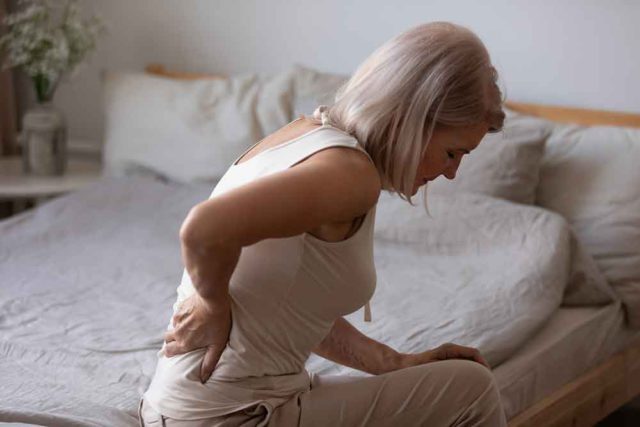
What is Achilles tendinopathy?
It is an overload of the Achilles tendon that runs at the back of your calf and is common in both active and sedentary people. It can be associated with a sudden increase of activity, while other times it comes on gradually.
Symptoms
If you are experiencing any additional symptoms including numbness, pins and needles or weakness in the leg, consult a medical professional.
What can you do to manage this?
To start with: If you find that even simple activities like walking take over a day to ease then you may find that rest and ice and appropriate pain relief are most beneficial at this stage
Relative rest
Simple pain relief
Paracetamol or anti-inflammatories tablets or anti-inflammatory gel can help manage the pain initially. Please consult with your pharmacist.
Ice therapy
Ice applications can help manage the pain and the swelling. You can use an ice pack, or simply wrap some ice cubes or a packet of frozen peas into a tea towel. Apply for 15 minutes maximum up to 4 times a day as needed.
Do not use if you have any vascular conditions or reduced sensation.
Orthotics
Wear footwear which is comfortable, supportive and doesn’t press on the back of your ankle, or heel lifts from your local pharmacy may help to alleviate the stretch placed on the tendon when walking. Introduce your heel lifts gradually, as it can take some time for your foot to adjust.
Exercises for the early stages
Doing exercises may be uncomfortable and may experience some pain. From a scale from
0-10 (with 0 being no pain at all and 10 being the worst possible pain you can imagine), you should expect to experience no more than 3 – keep that as your threshold.
You can self-refer into community physiotherapy services. Simply call 0207 871 0545 to make an appointment. Your initial contact with one of our chartered physiotherapists may be over the phone, where you will either be given advice on appropriate treatment, or a face-to-face consultation will be arranged.
Should you wish to speak to your GP first, simply make an appointment with your local practice. If your GP refers you, one of our patient care advisers will contact you within 48 hours to arrange an appointment.